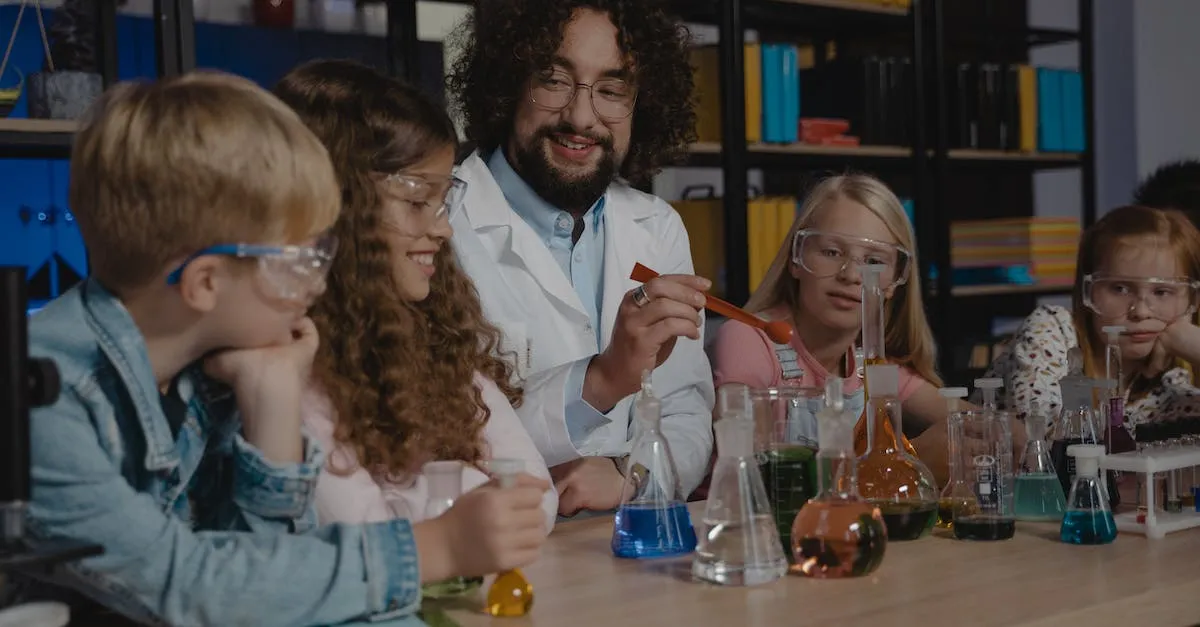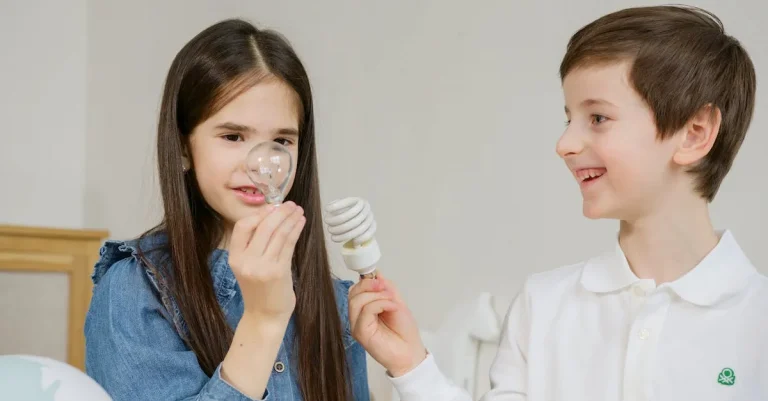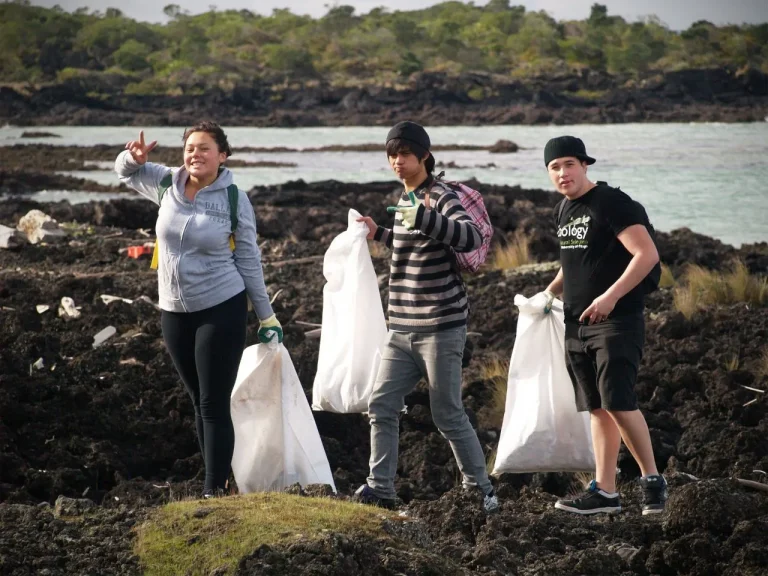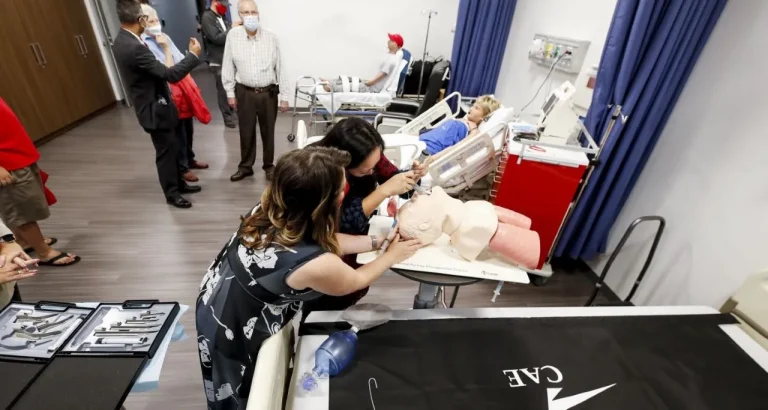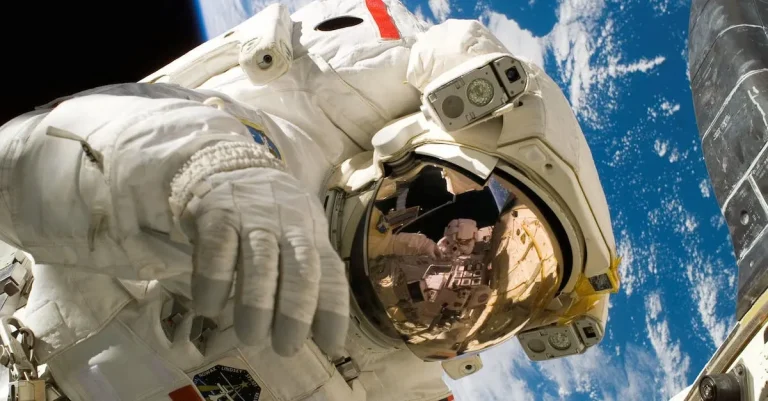The Science Classroom Experience: An Immersive Look
Science classrooms should be places of discovery, hands-on exploration, and excitement about the natural world. When science is taught effectively, students have the opportunity to experience science in a meaningful way that sparks curiosity and engagement.
In this in-depth guide, we’ll explore the diverse learning experiences students can have in an enriching science classroom environment.
If you’re short on time, here’s a quick overview: Learners in a high-quality science classroom can expect hands-on lab work, engaging demonstrations, collaborative group projects, relevant real-world examples, open-ended inquiry, and more opportunities to think critically and experience science phenomena firsthand.
Hands-on Lab Experiments
One of the most exciting aspects of the science classroom experience is the opportunity for students to engage in hands-on lab experiments. These experiments not only make learning more enjoyable, but they also play a crucial role in helping students understand and apply scientific concepts.
By actively participating in experiments, students get to see firsthand how theory translates into practice and develop key skills such as critical thinking, problem-solving, and data analysis.
Learning Lab Equipment and Techniques
Before students can conduct experiments, they must first familiarize themselves with the lab equipment and techniques. This includes learning how to use various tools such as microscopes, Bunsen burners, and pipettes, as well as understanding safety protocols and laboratory etiquette.
By gaining proficiency in these skills, students not only become more confident in the lab but also develop a deeper appreciation for the scientific process.
There are several online resources available to help students learn about lab equipment and techniques. Websites like Science Buddies and Lab Manager offer comprehensive guides and tutorials on different laboratory tools and procedures.
Teachers can also provide hands-on demonstrations and practice sessions to ensure students are well-prepared for conducting experiments.
Conducting Experiments Hands-On
Once students have acquired the necessary knowledge and skills, they can delve into the exciting world of conducting experiments hands-on. This involves following a step-by-step procedure, carefully measuring and mixing substances, and observing any changes or reactions that occur.
By actively engaging in the experiment, students not only deepen their understanding of scientific concepts but also develop their problem-solving abilities.
Hands-on experiments can cover a wide range of topics, from chemistry and physics to biology and environmental science. For example, students might investigate the effect of different pH levels on plant growth or examine the relationship between force and motion using simple machines.
These experiments not only allow students to apply their theoretical knowledge but also foster a sense of curiosity and exploration.
Recording Observations and Drawing Conclusions
During the course of an experiment, students are encouraged to record their observations in a systematic manner. This includes noting down any changes, measurements, or other relevant data. By keeping a detailed record, students can analyze their results more effectively and draw meaningful conclusions.
Recording observations can be done using lab notebooks or digital tools, depending on the preference of the teacher or the school. Students can also learn about data analysis techniques such as creating graphs and charts to represent their findings visually.
This not only helps them communicate their results more clearly but also enhances their data interpretation skills.
Interactive Science Demonstrations
Seeing Science Principles in Action
One of the most effective ways to engage students in the science classroom is through interactive science demonstrations. These demonstrations allow students to witness scientific principles in action, making abstract concepts come to life right before their eyes.
By seeing the practical applications of scientific theories, students can better understand and appreciate the relevance of what they are learning. It’s like watching a magic trick, but instead of being fooled, students are amazed by the wonders of science.
Learning from Dynamic Visuals
Interactive science demonstrations offer a unique opportunity for students to learn from dynamic visuals. These demonstrations often involve hands-on experiments, simulations, or multimedia presentations that utilize captivating visuals to illustrate complex concepts.
Visuals can include anything from colorful chemical reactions to the movement of celestial bodies. By providing visual representations of scientific phenomena, students can grasp difficult concepts more easily and retain the information for a longer period of time.
It’s a visually stimulating experience that enhances the learning process and helps students develop a deeper understanding of scientific principles.
Connecting Lecture Concepts to Live Demos
Interactive science demonstrations bridge the gap between theory and practice by connecting lecture concepts to live demonstrations. Often, students learn about scientific principles through lectures, textbooks, and diagrams.
While these methods are important for building foundational knowledge, they can sometimes feel detached from the real world. By incorporating live demos into the classroom, students can witness how those concepts apply in real-life situations.
These demonstrations help students make connections between what they learn in the classroom and its practical applications. It’s a powerful way to solidify understanding and inspire students to pursue further exploration in the field of science.
Collaborative Group Projects
Collaborative group projects in the science classroom provide students with an immersive and engaging learning experience. By working together in groups, students not only develop their scientific knowledge and skills but also enhance their teamwork and communication abilities.
This section will explore the various aspects of collaborative group projects in the science classroom and how they contribute to a rich learning environment.
Cooperative Learning
Cooperative learning is an instructional approach that emphasizes active participation and shared responsibility among group members. In the context of science education, cooperative learning allows students to work together on projects, investigations, and experiments.
This approach fosters a sense of community and encourages students to take ownership of their learning. Research has shown that cooperative learning leads to improved academic achievement, higher levels of engagement, and enhanced critical thinking skills.
Assigning Group Roles
Assigning specific roles within the group can further enhance the collaborative learning experience. By assigning roles such as team leader, researcher, data collector, and presenter, students can develop a deeper understanding of their individual responsibilities and the importance of contributing to the overall success of the project.
This also helps in fostering a sense of accountability and ensures that each group member actively participates and contributes to the project.
Presenting Findings as a Team
One of the key aspects of collaborative group projects is the opportunity for students to present their findings as a team. This not only allows them to showcase their scientific knowledge and discoveries but also strengthens their presentation and public speaking skills.
Presenting findings as a team encourages students to support and learn from one another, promoting a positive and inclusive learning environment.
Furthermore, collaborative group projects provide students with the chance to learn from different perspectives and diverse experiences, which can lead to more comprehensive and well-rounded scientific investigations.
Through brainstorming, sharing ideas, and problem-solving together, students develop critical thinking and analytical skills necessary for scientific inquiry.
According to a study conducted by the National Center for Biotechnology Information, students who engage in collaborative group projects in the science classroom outperform their peers in terms of knowledge retention and problem-solving abilities.
Real-World Applications
One of the key aspects of the science classroom experience is the ability to relate concepts to daily life. Students often wonder how the theories and principles they learn in class are applicable to the real world.
By incorporating real-world examples and scenarios into their lessons, teachers can bridge the gap between abstract concepts and practical applications. For instance, when learning about the laws of motion, students can explore the physics behind roller coasters or analyze the forces involved in a car crash.
By relating these concepts to experiences they encounter in their daily lives, students gain a deeper understanding of the subject matter.
Relating Concepts to Daily Life
When students can see the direct relevance of scientific concepts to their own lives, they become more engaged and motivated to learn. Teachers can encourage this by incorporating hands-on experiments and demonstrations that showcase how scientific principles work in real-world scenarios.
For example, in a biology class, students can explore the process of photosynthesis by conducting an experiment with plants and sunlight. By witnessing the transformation of carbon dioxide into oxygen firsthand, students can grasp the importance of this process for sustaining life on Earth.
This hands-on approach not only improves understanding but also fosters a sense of curiosity and wonder.
Seeing How Science Impacts Society
Science plays a crucial role in shaping society and addressing various global challenges. By highlighting the impact of science on society, teachers can inspire students to see the value of their scientific education.
For instance, in a chemistry class, students can learn about the development of new materials that revolutionize industries such as medicine or technology. By discussing how these advancements positively impact people’s lives, students can appreciate the real-world implications of their scientific knowledge.
Furthermore, teachers can share real-life examples of scientists who have made significant contributions to society, such as Marie Curie’s groundbreaking work in discovering radioactivity. These stories serve as inspiration and motivate students to pursue scientific careers.
Field Trips and Guest Speakers
Field trips and guest speakers are excellent opportunities for students to experience science in action outside the classroom. Visiting museums, laboratories, or participating in scientific conferences provides a unique perspective and hands-on experience that cannot be replicated within the confines of a regular classroom.
Field trips allow students to witness scientific research and experiments firsthand, fostering a sense of excitement and curiosity. Guest speakers, such as scientists or engineers, can share their expertise and real-life experiences, providing valuable insights into the applications of scientific knowledge.
These interactions with professionals in the field also help students understand the diverse career opportunities available in the world of science.
Inquiry-Based Learning
Inquiry-based learning is a teaching method that encourages students to actively engage in the learning process by exploring and investigating topics through asking questions, designing investigations, and drawing evidence-based conclusions.
It is a student-centered approach that promotes critical thinking, problem-solving, and collaboration skills.
Asking Questions
One of the key aspects of inquiry-based learning is the emphasis on asking questions. Instead of simply providing students with information, teachers encourage them to ask their own questions about the topic being studied.
This helps to stimulate curiosity and encourages students to take ownership of their learning. By asking questions, students are able to delve deeper into a subject and gain a deeper understanding of the material.
Teachers can facilitate this process by creating a supportive environment where questions are welcomed and valued. They can encourage students to ask open-ended questions that require critical thinking and problem-solving skills.
This helps to foster a sense of inquiry and exploration, as students actively seek answers and solutions.
Designing Investigations
Inquiry-based learning also involves designing investigations. Once students have asked their questions, they can then design experiments or investigations to find answers. This hands-on approach allows students to actively apply their knowledge and skills in a real-world context.
For example, in a science classroom, students may be asked to investigate the factors that affect plant growth. They could design experiments to test different variables such as light intensity, water availability, or soil composition.
Through these investigations, students not only learn about the scientific method but also develop critical thinking skills as they analyze data, draw conclusions, and make connections between their findings and the concepts being taught.
Drawing Evidence-Based Conclusions
The final step in the inquiry-based learning process is drawing evidence-based conclusions. After conducting their investigations and analyzing the data, students are encouraged to draw conclusions based on the evidence they have gathered.
This helps to reinforce the importance of critical thinking and evidence-based reasoning.
By drawing conclusions, students are able to make connections between their findings and the broader concepts being taught. They are also able to evaluate the validity of their results and determine the implications of their findings.
This not only enhances their understanding of the subject matter but also develops their ability to think critically and make informed decisions.
Inquiry-based learning provides students with a more immersive and engaging classroom experience. By asking questions, designing investigations, and drawing evidence-based conclusions, students are able to actively participate in their own learning journey.
This approach not only enhances their understanding of the subject matter but also equips them with the skills necessary for success in the 21st century.
Conclusion
An engaging science classroom provides a rich experience where students can actively participate in the scientific process through immersive lab work, captivating demonstrations, collaborative projects, and inquiry-driven learning.
With varied opportunities to encounter real-world applications, science comes alive as a dynamic process of exploration and discovery for learners.

